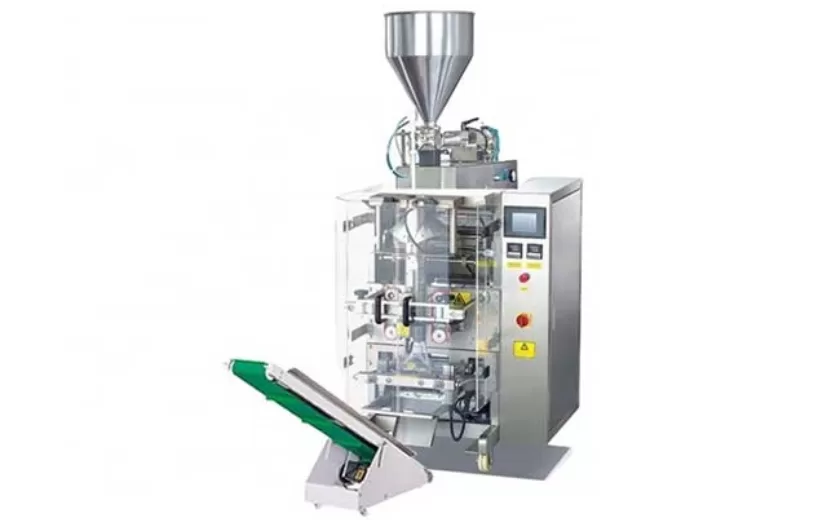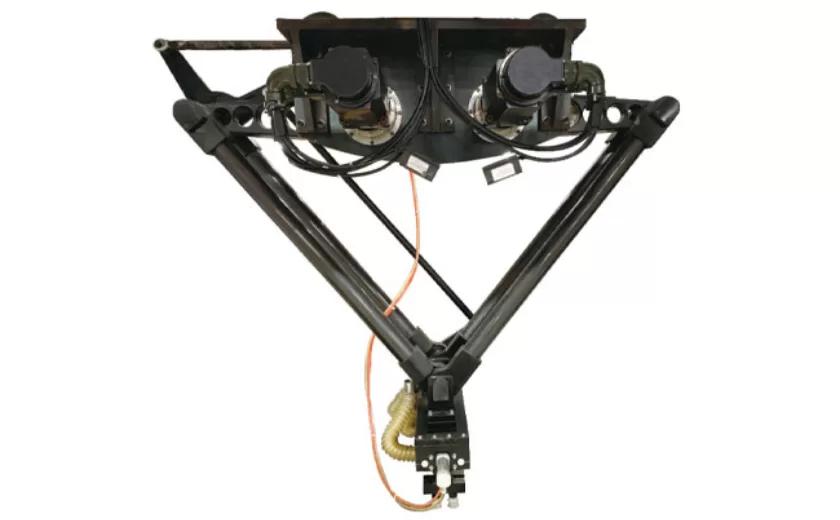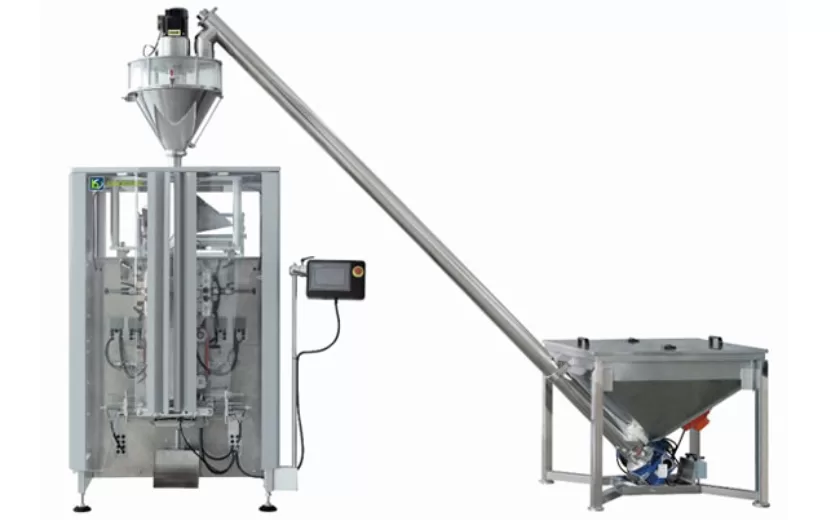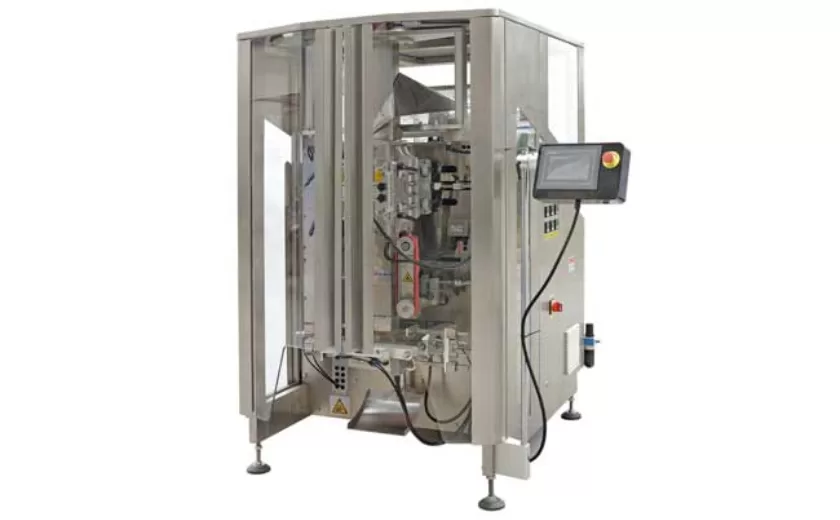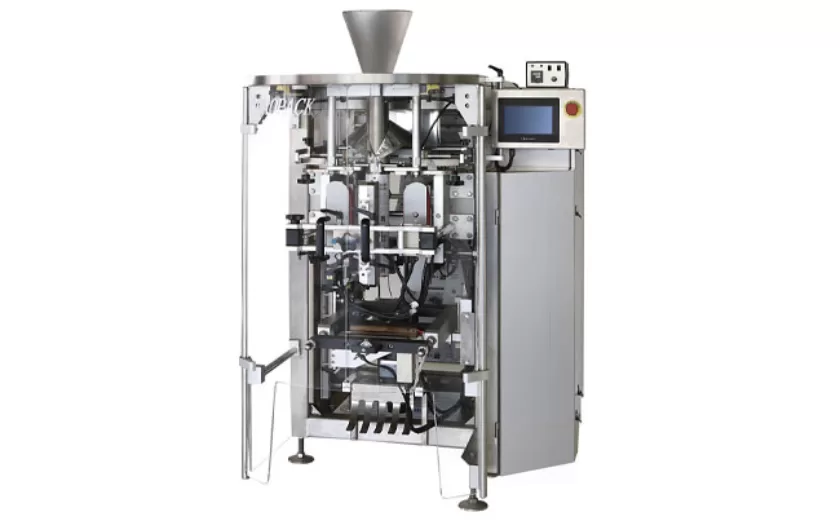Ensuring Compliance in Jelly Pouch Filling Operations
Ensuring Compliance in Jelly Pouch Filling Operations: A Critical Safeguard for Food Integrity
In the competitive food industry, adhering to stringent compliance standards is paramount to safeguarding consumer health and maintaining brand reputation. Jelly pouch filling operations, known for their high volume and delicate nature, present unique challenges in ensuring compliance. This article delves into the critical measures and best practices to guarantee the integrity of jelly products and meet regulatory requirements.
Product Safety and Quality Assurance
The primary objective of compliance in jelly pouch filling operations is to ensure the safety and quality of the final product. This involves strict adherence to Good Manufacturing Practices (GMPs) and Hazard Analysis and Critical Control Points (HACCP) principles. By meticulously controlling every step of the filling process, manufacturers can minimize the risk of contamination, foreign objects, and quality defects.
Equipment Calibration and Maintenance
Filling machines play a crucial role in ensuring accurate and consistent product delivery. Regular calibration and maintenance of these machines are essential to prevent deviations from established specifications. Automated systems with self-monitoring capabilities can further enhance compliance by detecting potential issues and triggering corrective actions.
Raw Material Control
The quality of the ingredients used in jelly production directly impacts the safety and compliance of the finished product. Implementing rigorous supplier qualification and raw material testing programs ensures that only safe and acceptable materials enter the filling process.
Environmental Control and Hygiene
Maintaining a clean and sanitary production environment is vital for minimizing the risk of contamination. Regular cleaning and disinfection protocols, along with effective pest control measures, help prevent the spread of bacteria, mold, or other contaminants.
Training and Documentation
Thorough training of all personnel involved in jelly pouch filling operations is essential for compliance. Operators must understand the critical control points, GMPs, and HACCP principles to ensure consistent execution. Detailed documentation of all processes, including quality control checks and corrective actions, provides audit trails and evidence of adherence to standards.
Compliance Audits and Regulatory Inspections
Independent audits and regulatory inspections play a crucial role in verifying compliance. Manufacturers should proactively seek third-party certifications and welcome external evaluations to demonstrate their commitment to food safety and quality.
Continuous Improvement
Compliance is an ongoing process that requires continuous monitoring and improvement. By regularly reviewing operations, evaluating risks, and implementing corrective actions, manufacturers can strengthen their compliance posture and stay ahead of evolving regulatory requirements.
Adhering to these critical measures and best practices in jelly pouch filling operations is not only a regulatory obligation but also a fundamental responsibility in the food industry. By ensuring compliance, manufacturers safeguard consumer health, maintain brand integrity, and contribute to the overall safety and quality of the food supply.
-
Advanced Packing Solutions: Snacks, Sugar, and Frozen Food Machines
29-10-2025 -
Efficient and Reliable Solutions for Salt, Nuts, and Frozen Dumplings Packing
29-10-2025 -
High-Performance Biscuits, Lollipop, and Ketchup Packing Machines for Modern Food Production
29-10-2025 -
Efficient Liquid Filling and Packing Machines for Modern Production
23-10-2025 -
Reliable Granule Packaging Machines for Efficient Production
23-10-2025 -
Efficient Auger Powder Filling Machines for Accurate Packaging
23-10-2025 -
High-Performance Liquid Filling and Packing Machines for Hygienic Production
10-10-2025 -
High-Efficiency Granule Packaging Machines for Precision and Speed
10-10-2025 -
High-Precision Auger Type Powder Filling Machines for Efficient Packaging
10-10-2025 -
Efficient Vertical Form Fill Seal Packaging Machines for Smart Production
10-10-2025





